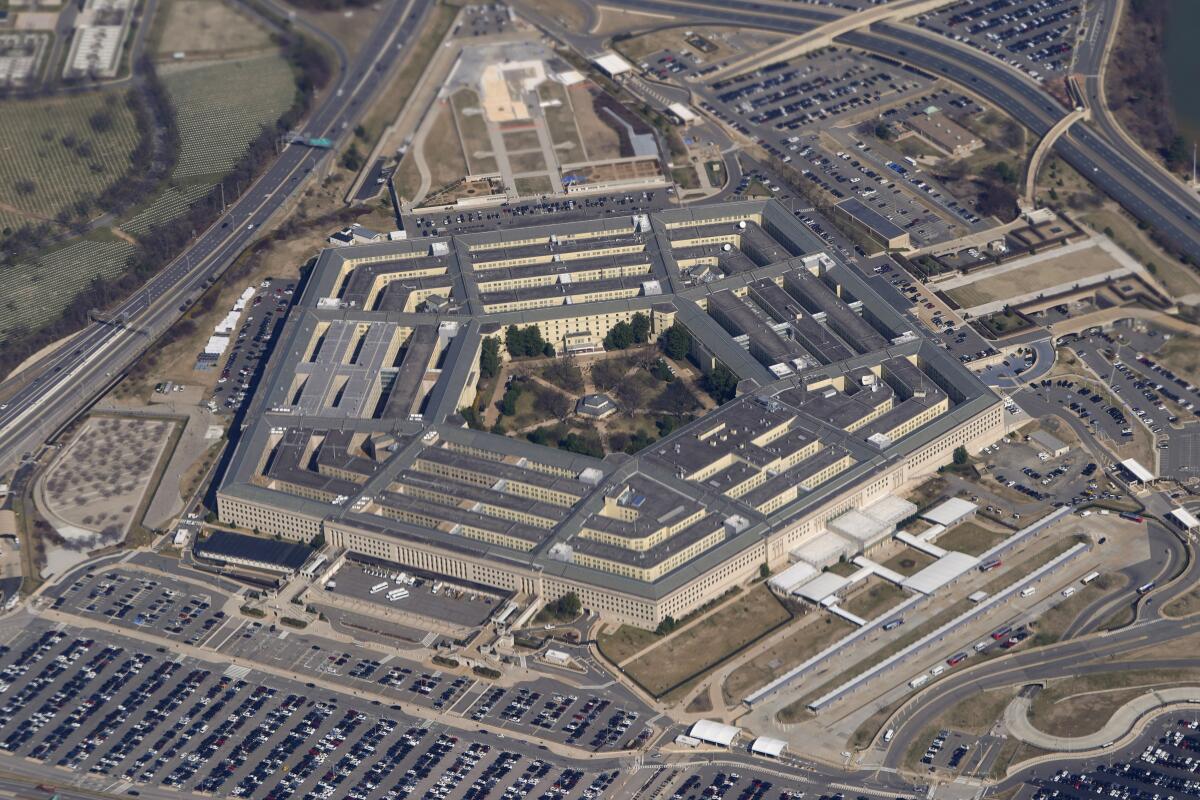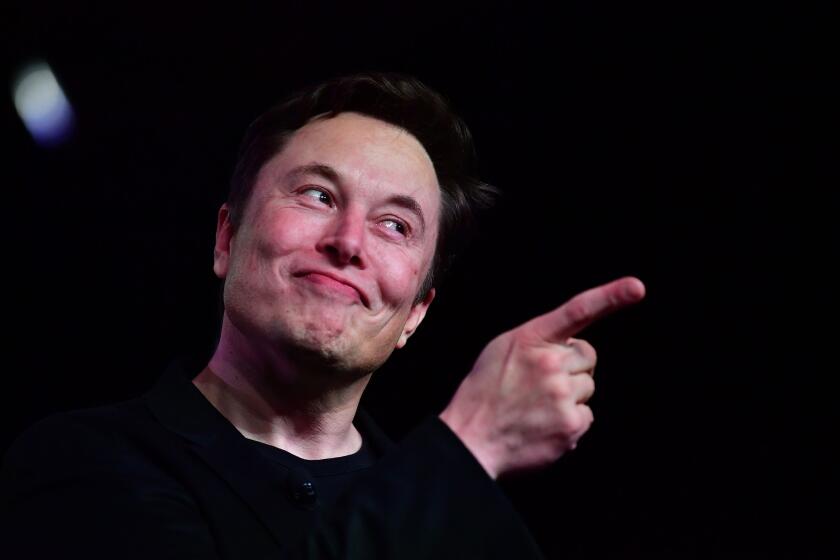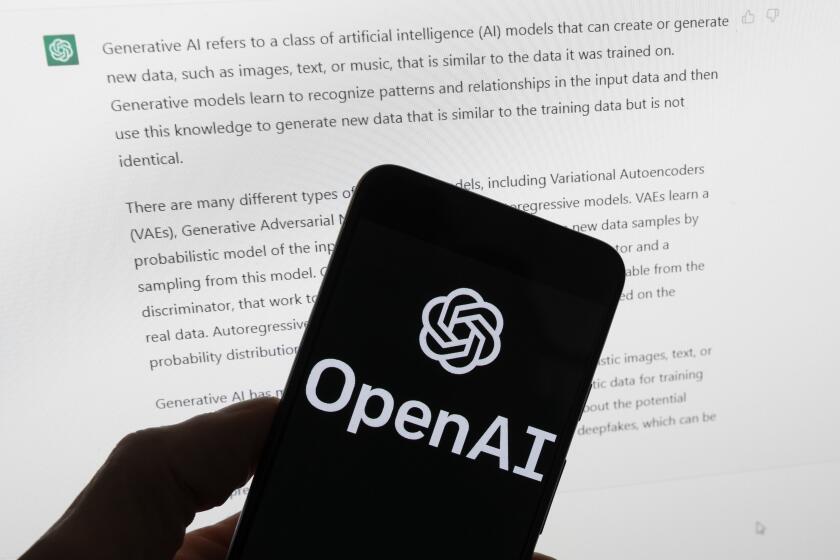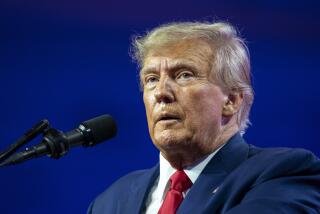How a fake AI photo of a Pentagon blast went viral and briefly spooked stocks

A falsified photograph of an explosion near the Pentagon spread widely on social media Monday morning, briefly sending U.S. stocks lower in possibly the first instance of an AI-generated image moving the market.
Just past 10 a.m. Eastern time, when the photo was circulating, the Standard & Poor’s 500 declined about 0.3% to a session low. As news emerged that the image was a hoax, the index quickly rebounded.
The fake photo, which first appeared on Facebook, showed a large plume of smoke that a Facebook user claimed was near the U.S. military headquarters in Virginia.
It soon spread on Twitter accounts that reach millions of followers, including the Russian state-controlled news network RT and the financial news site ZeroHedge, a participant in the social media company’s new Twitter Blue verification system.
It’s tempting to write off Elon Musk’s bad business decisions, such as trying to charge Twitter users for blue checks. But his naked cash grab is part of a sea change we should all take seriously.
A duty officer at the Pentagon said in an email to Bloomberg that there were no reported incidents Monday morning. The Arlington Police Department also tweeted, “There is NO explosion or incident taking place at or near the Pentagon reservation, and there is no immediate danger or hazards to the public.”
Ahead of official sources disputing the photo and the Twitter accounts that spread it, people pointed out that the image may have been generated by artificial intelligence.
Nick Waters, a researcher at the open-source intelligence group Bellingcat, said in an interview that the shock of hearing about a rumored explosion near the Pentagon led him to examine the photo.
“Check out the frontage of the building, and the way the fence melds into the crowd barriers,” he said on Twitter. “There’s also no other images, videos or people posting as first hand witnesses.”
As the facts emerged, Twitter accounts responsible for spreading the photo began to delete their tweets or post corrections. RT and ZeroHedge deleted tweets with the image, and ZeroHedge said the photo had been confirmed as fake. A paid account on Twitter called Bloomberg Feed that also posted the photo was suspended Monday morning.
The panic over products from OpenAI and other companies says more about our cultural moment than about the tech itself.
A Bloomberg News spokesperson said that Bloomberg Feed and a Twitter account called Walter Bloomberg, which also carried the report, aren’t affiliated with Bloomberg News.
Although the origin of the image remains unclear, speculation that it was generated by AI deepened concerns that emerging technologies that make it easy to create images and other content will accelerate the spread of misinformation.
On Facebook, the account that first published the fake photo — alongside other published posts related to the conspiracy group QAnon — had a “false information” label appended to its original post. Facebook blocked access to the post and said that the image had been “checked by independent fact-checkers.”
Twitter and Meta Platforms, which owns Facebook, didn’t respond to requests for comment. RT also didn’t immediately respond.
Bloomberg writers Daniel Zuidijk, Courtney McBride and Katrina Lewis contributed to this report.








